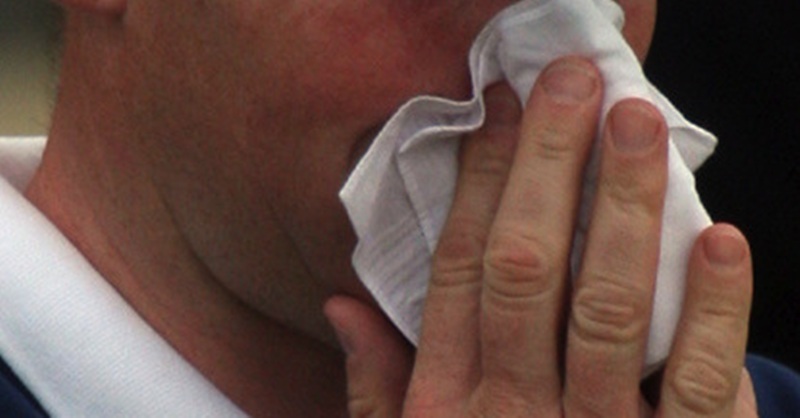Angus Council staff have taken the equivalent of 314 years in sick days in the past two years, The Courier can reveal.
The figures add up to 114,963 days off however, things are improving.
The figures were revealed after a freedom of information request by The Courier.
The council revealed 59,198.5 days were lost to sickness in 2008/2009, with 26 employees absent for more than six months.
The figure dropped to 55,764.5 days in 2009/2010, with 17 staff off for more than six months.
The 114,963 days off adds up to 314 years but, year on year the absence performance of the council’s 5000-plus staff continues to improve.
An Angus councillor last night said it was “heartening” to see the trend continue, while the Taxpayers’ Alliance also said it was promising to see there has been a reduction in sick days.
A spokeswoman for the campaign group said, “Taxpayers will be concerned that so many staff are still off sick for more than six months.
“The council needs to work with those who have long-term health problems, to see if there are ways to help them back to work.
“It’s promising to see that there has been a reduction in the number of days lost to sickness at Angus Council in the last year.
“The authority should continue to work on further reductions in this area.”
There have been significant changes to the way sickness absence is recorded and the efforts made to help address it.
Scrutiny and audit convener Bob Spink said the reduction in sick days was a “welcome trend.”
He said, “It is heartening to see the downward trend of days lost through sickness continue as it has for a few years now.
“To make further meaningful comment I would need much more information spread across the various departments and services to see where and why this welcome trend is occurring and to analyse and scrutinise the data that produces these figures to find out if we can encourage and improve even further.
“Reports and input from heads of department and senior council officers is also very important.”
A council spokeswoman said, “We have a range of policies and procedures to help us manage sickness absence and support the health of our staff.”
Staff are encouraged to wash their hands, she said, adding, “We recognise that any organisation will incur a certain level of staff sickness absence, but it is encouraging to note that continued application of our absence management policy in a fair, equitable and supportive manner has resulted in a reduction in the figures during the past year, in both the overall number of days lost to sickness and in the number of employees off sick for more than six months.”
